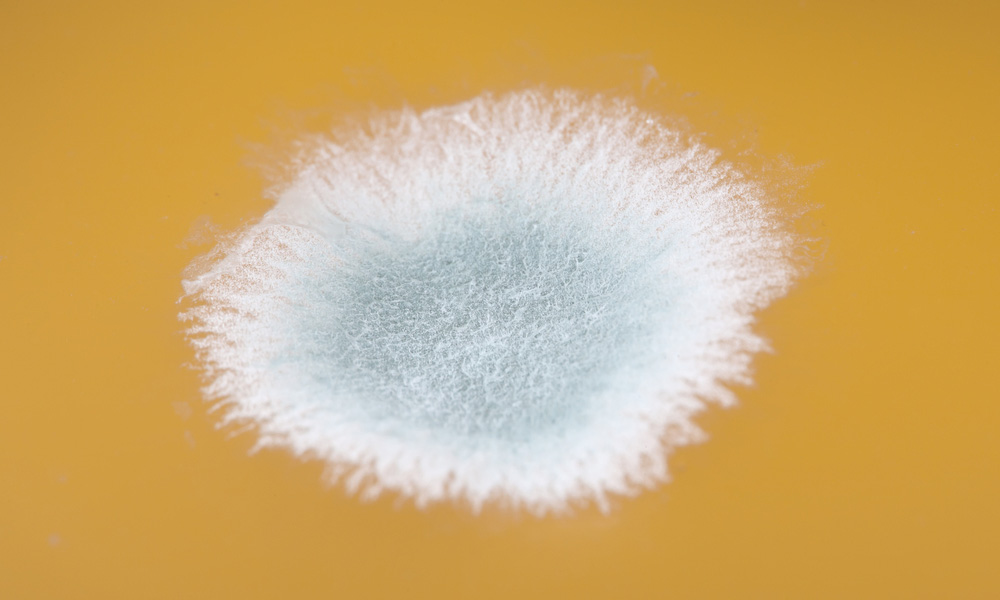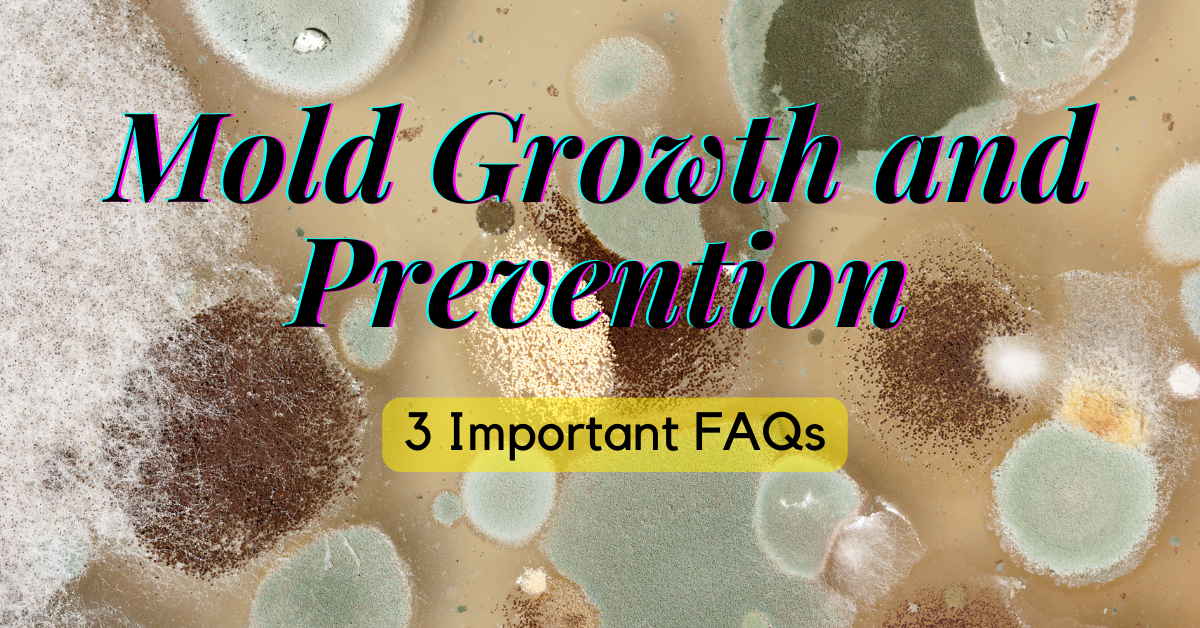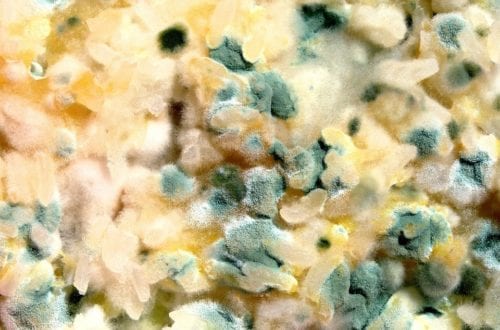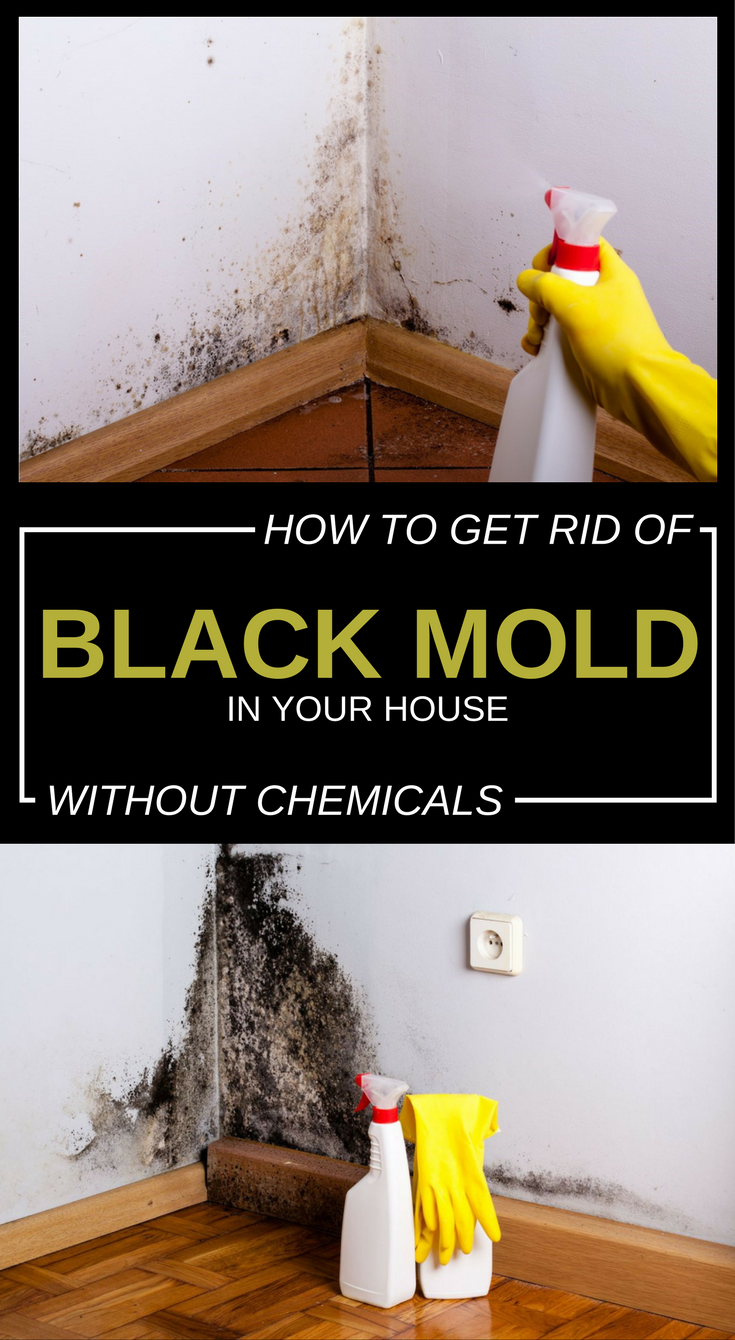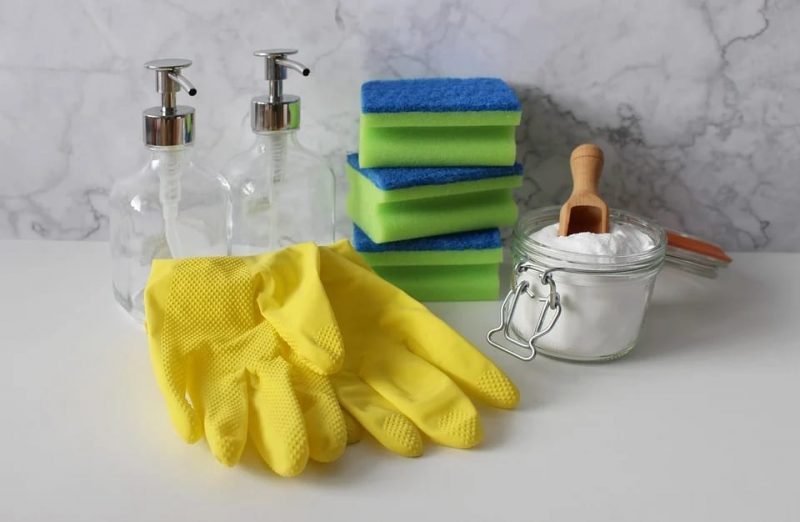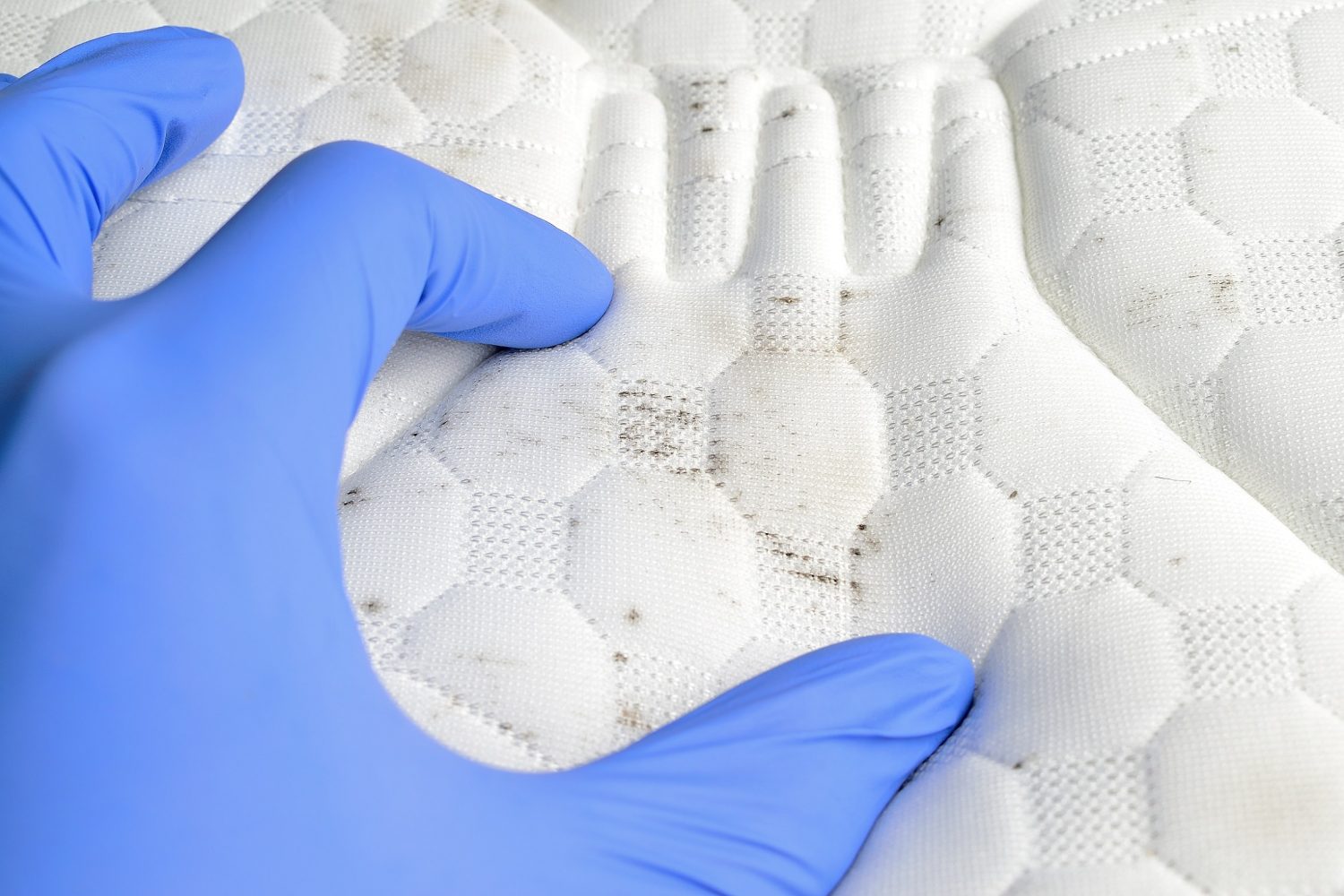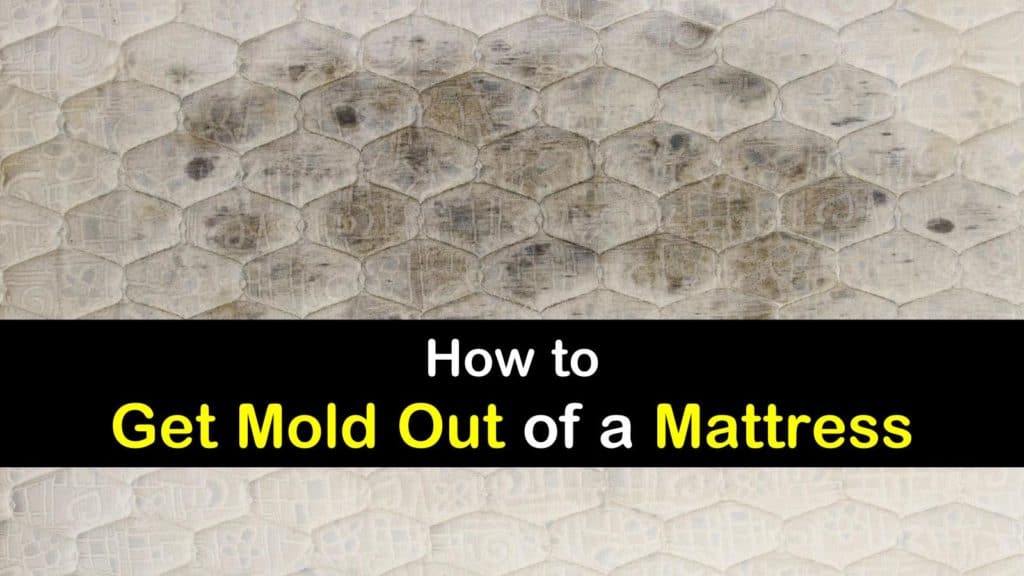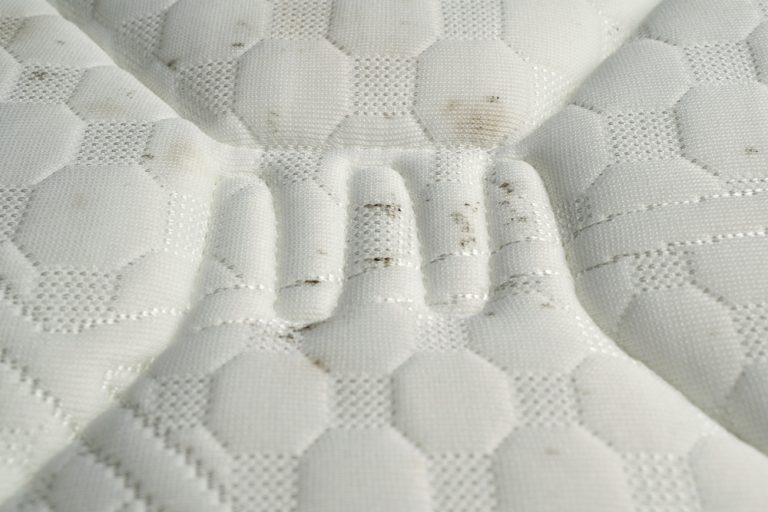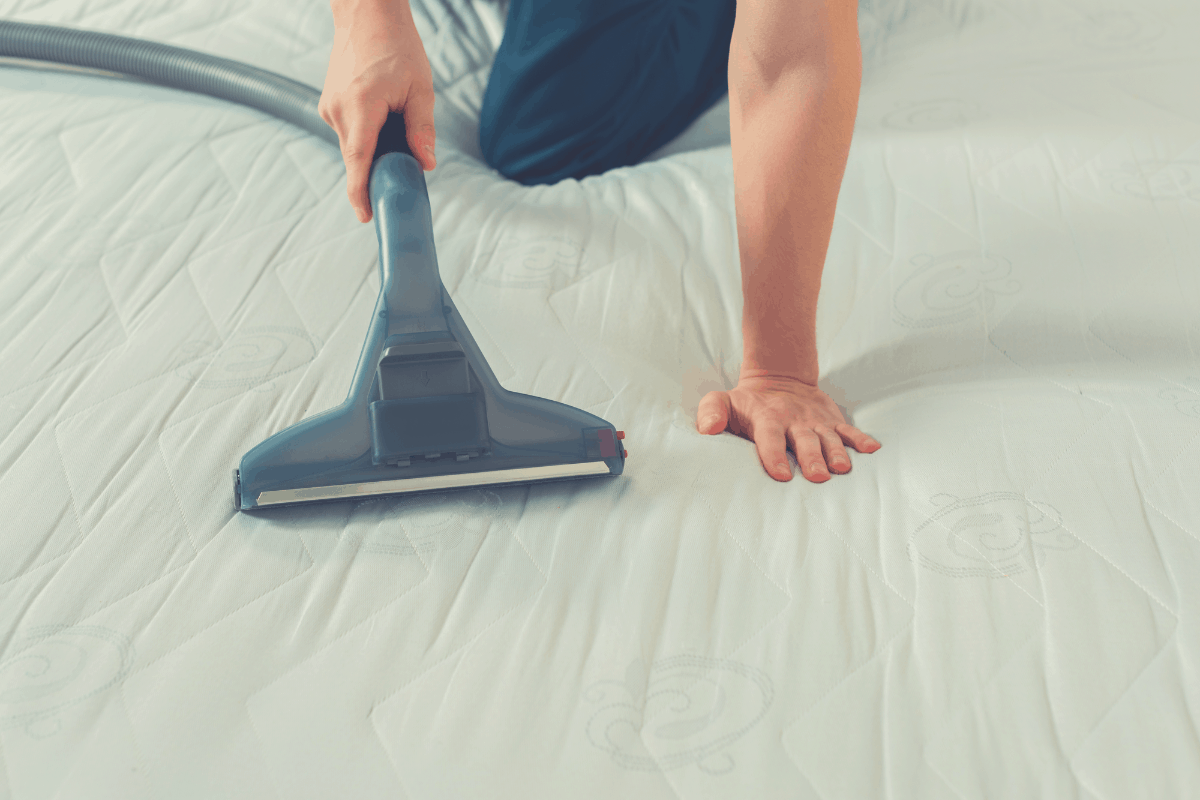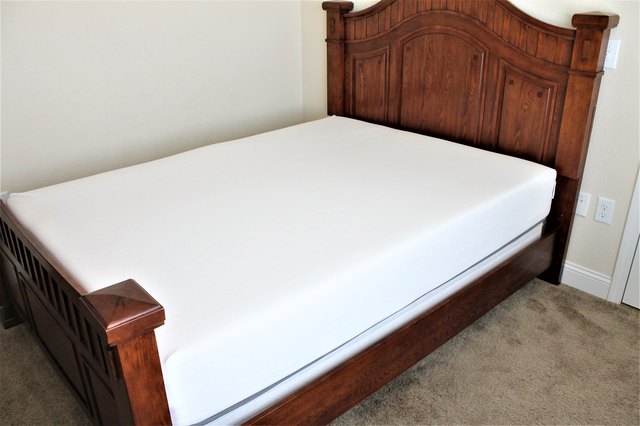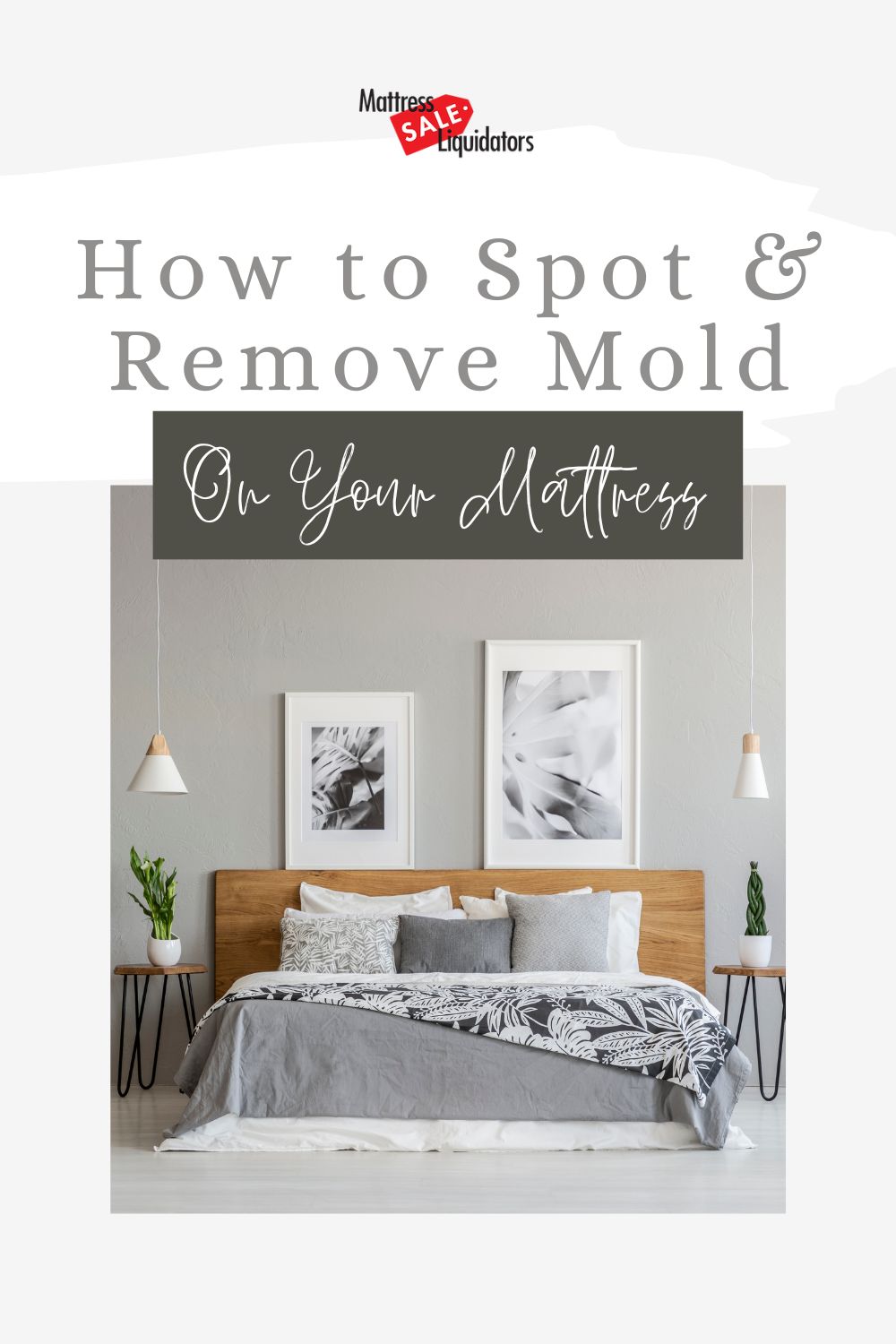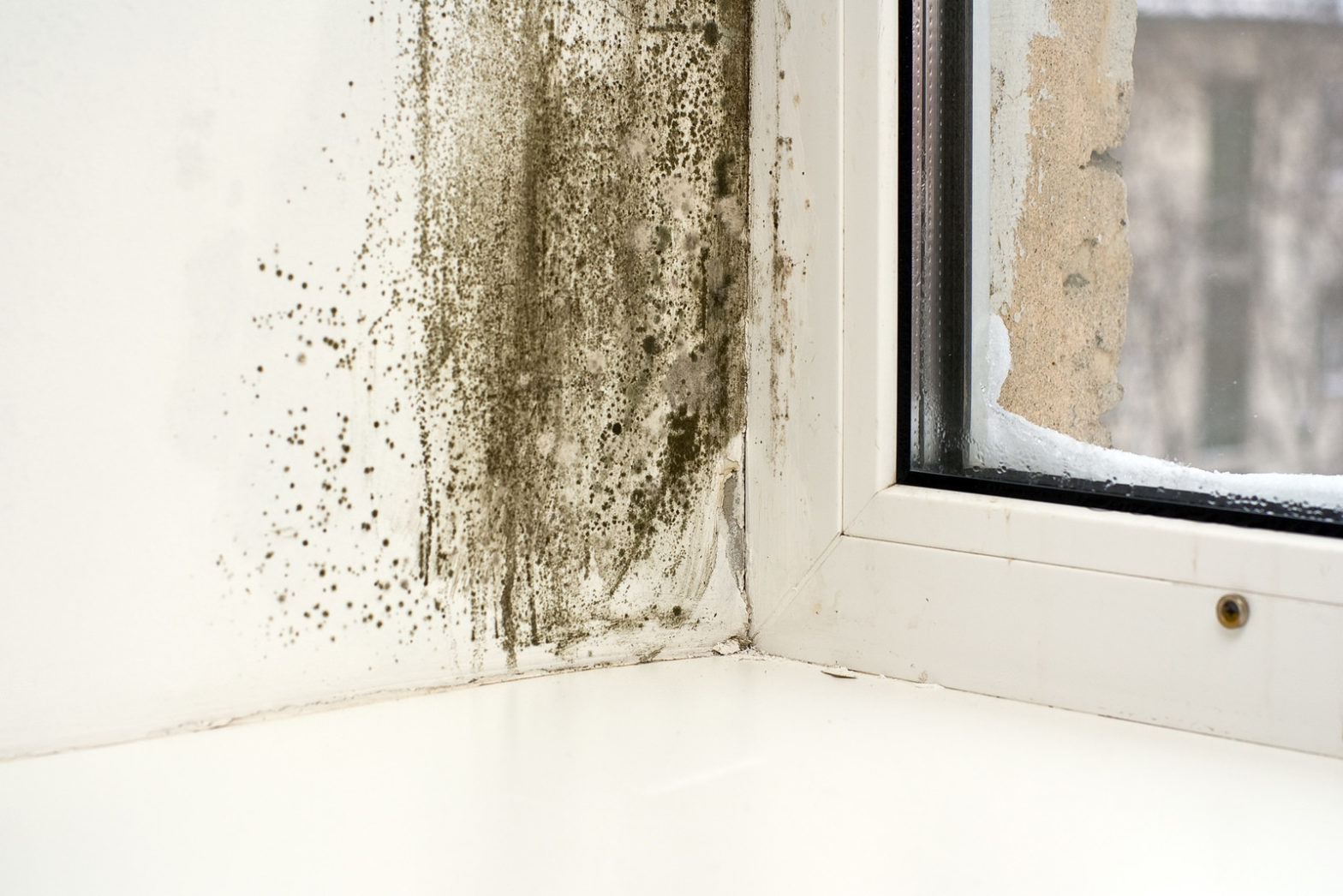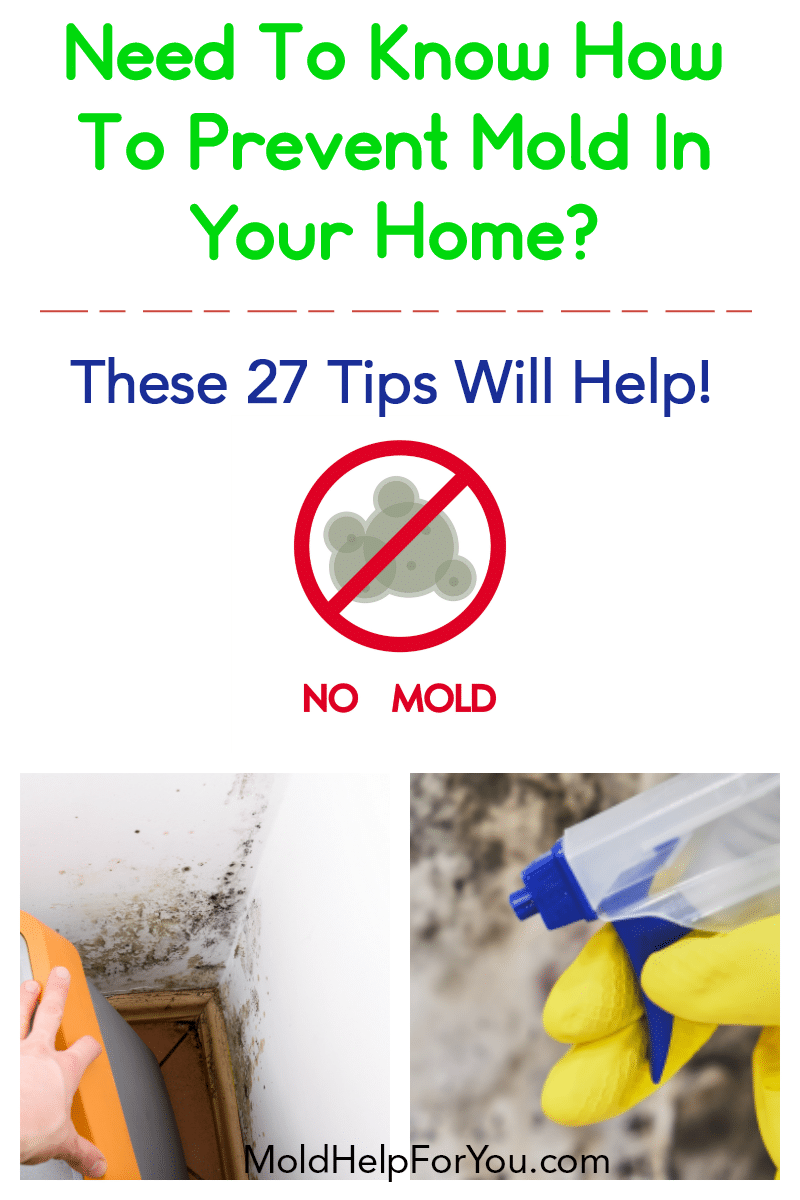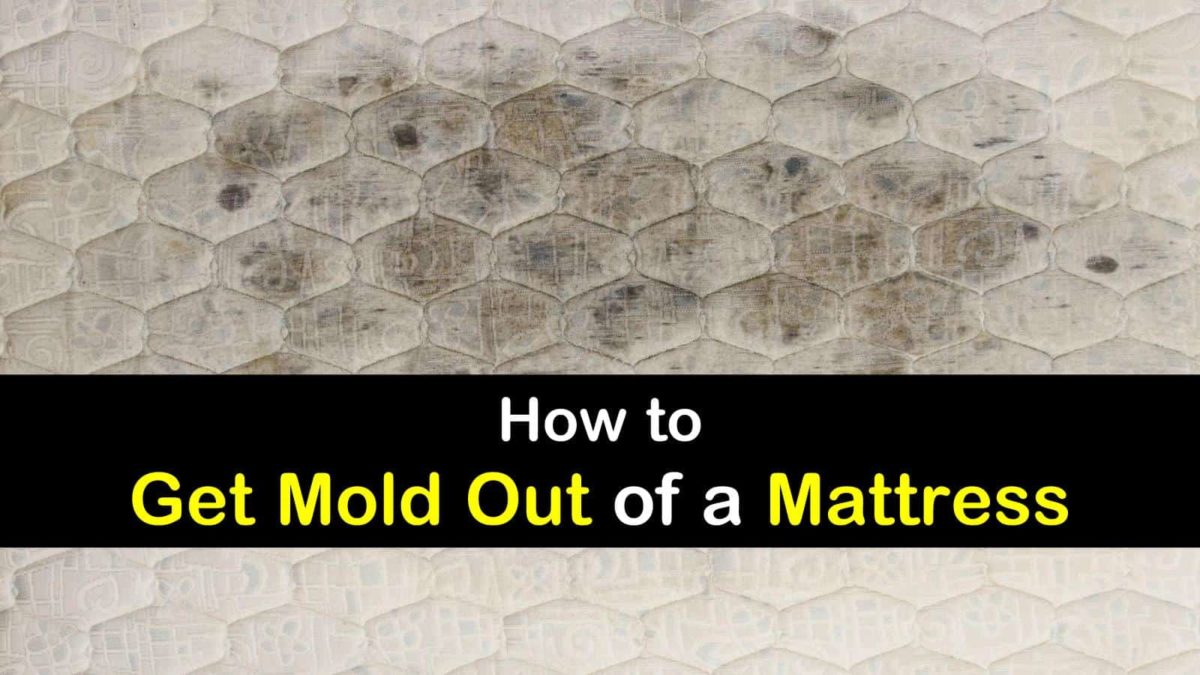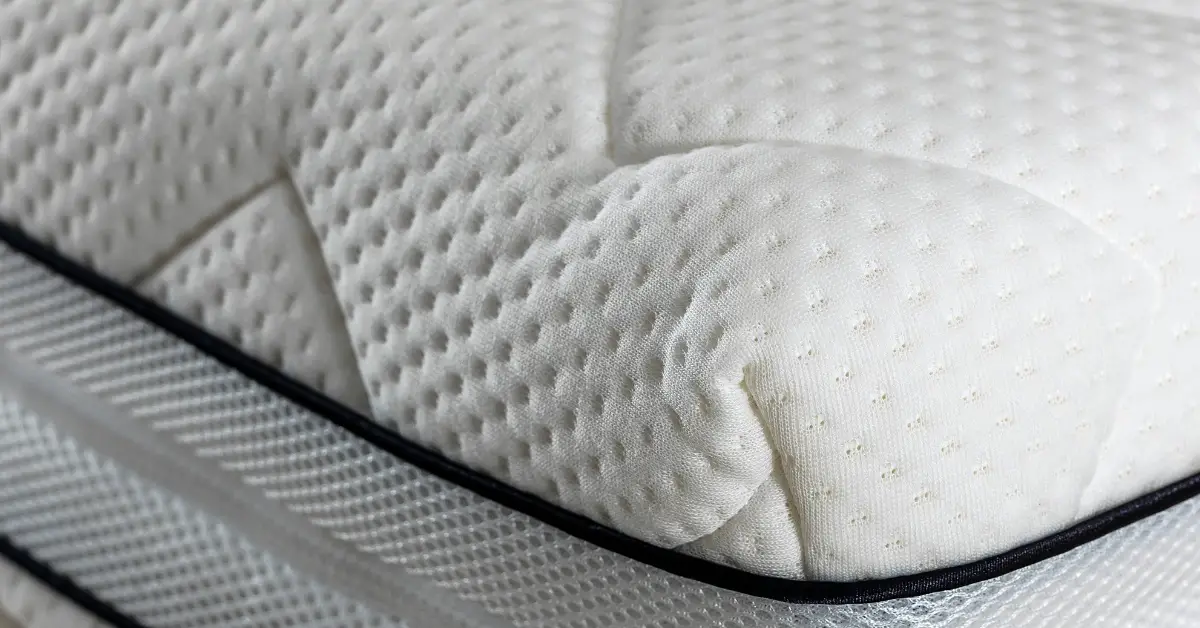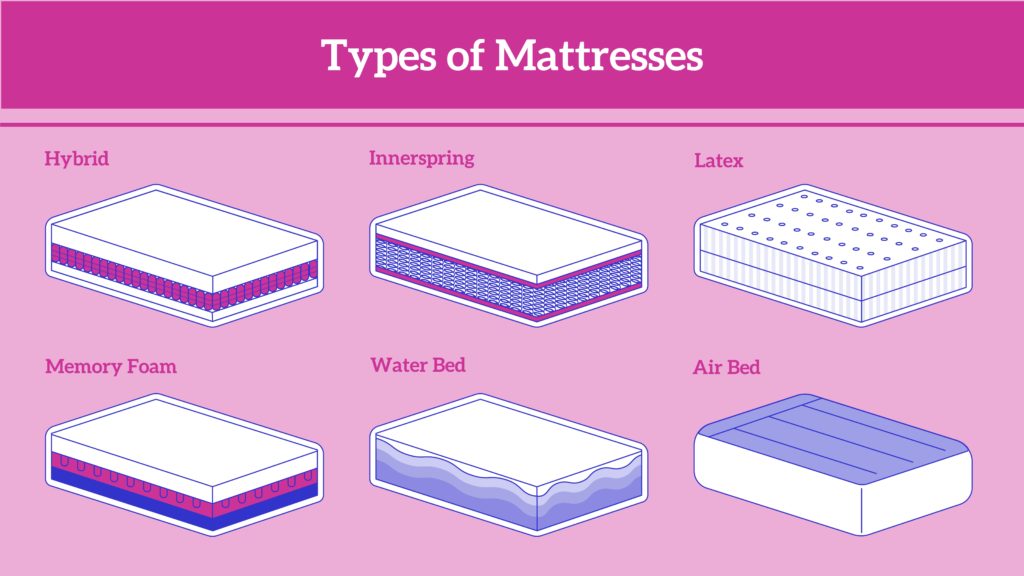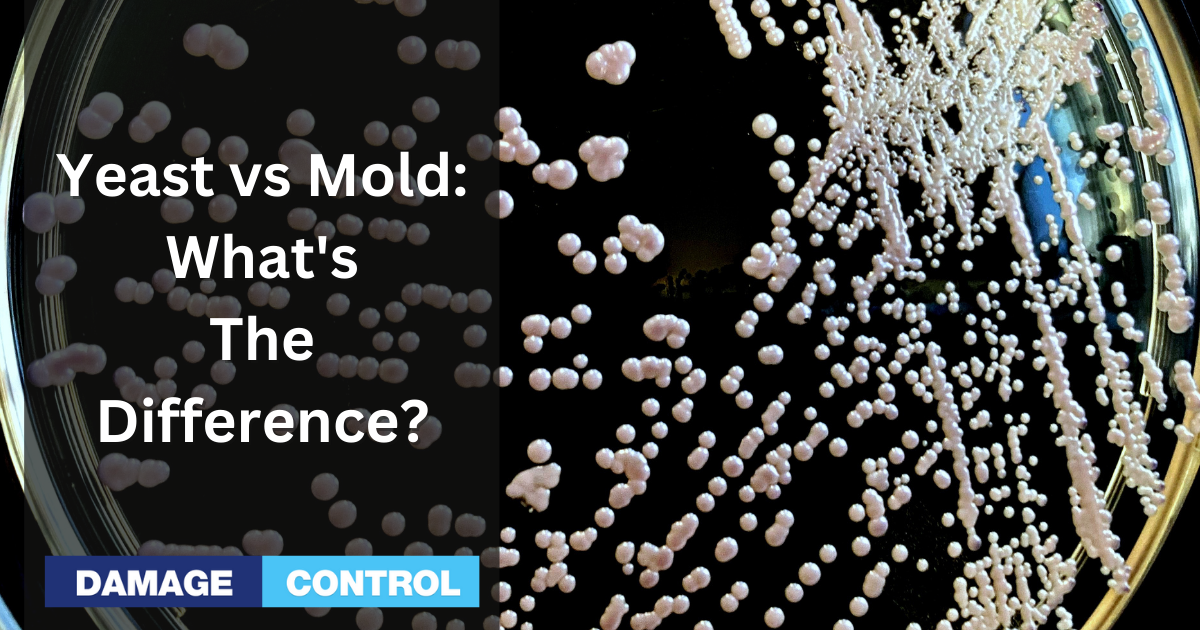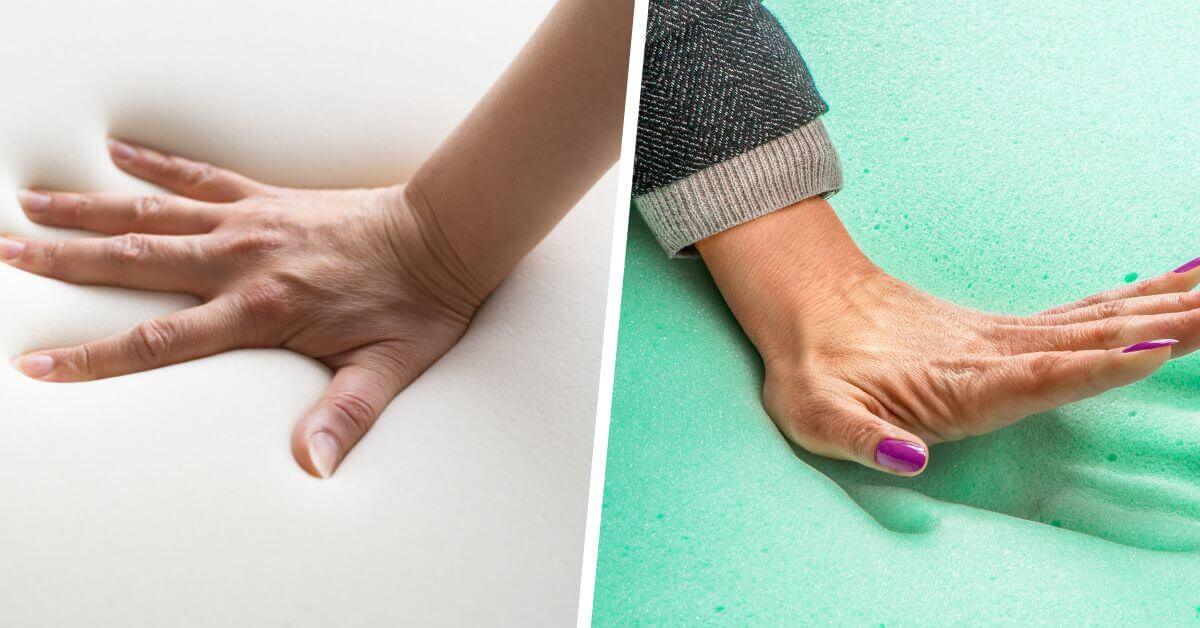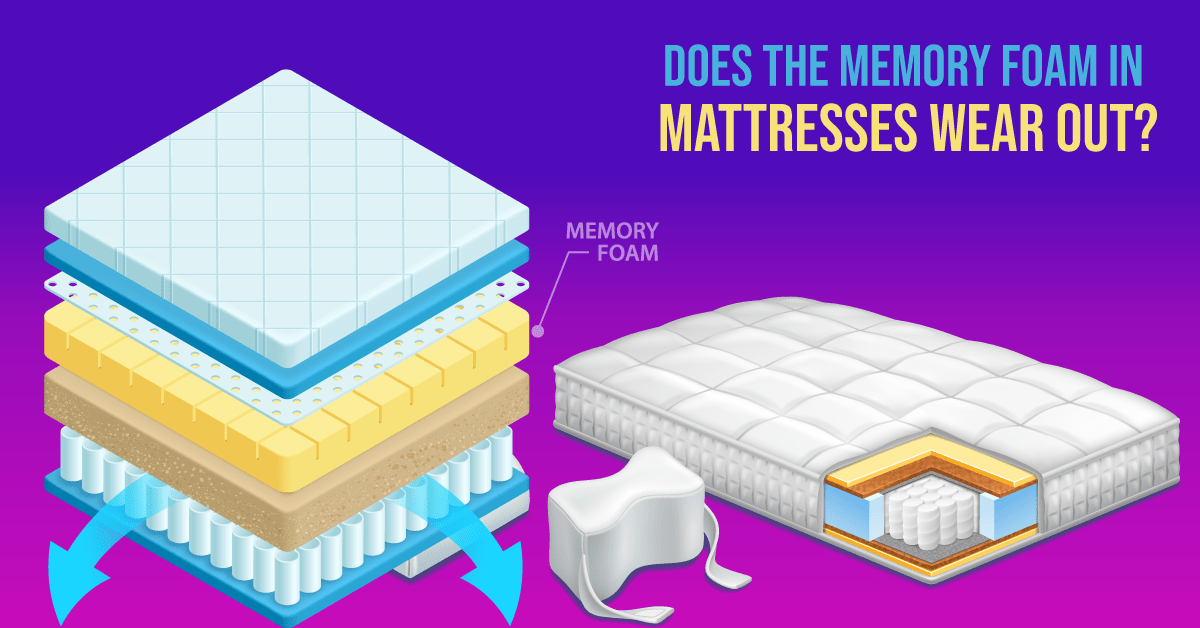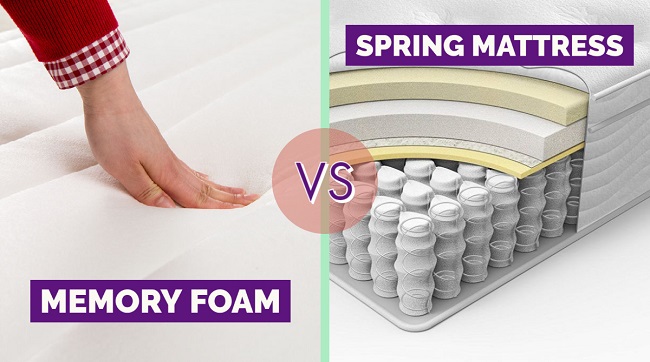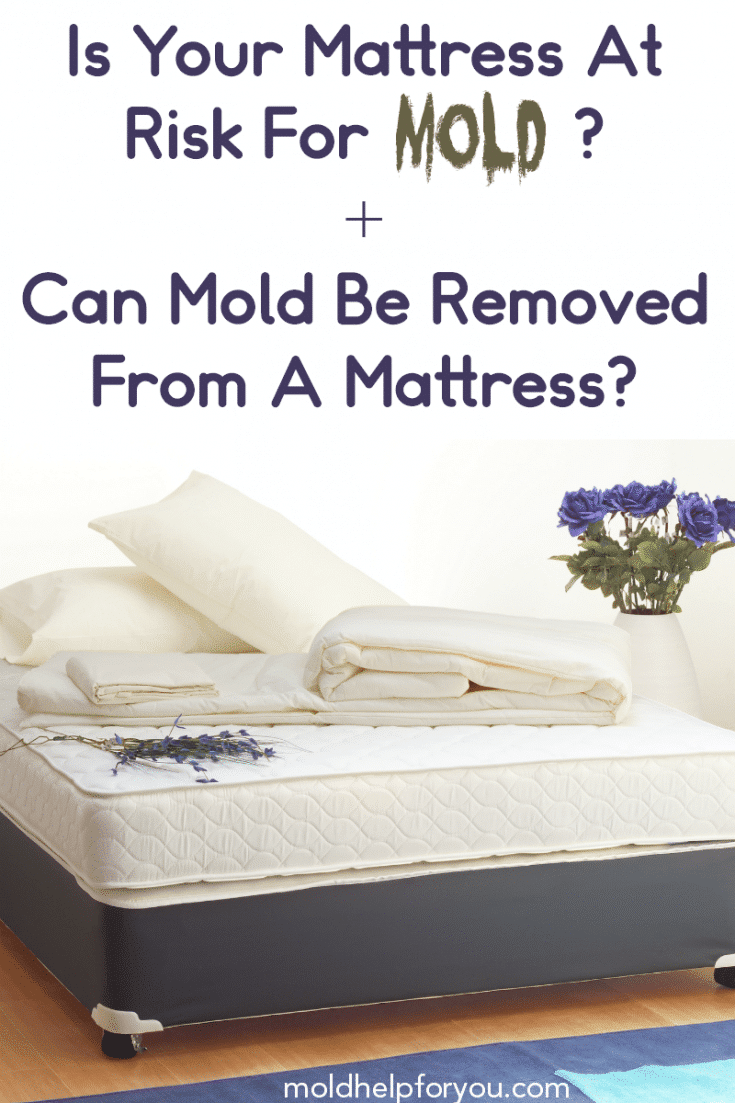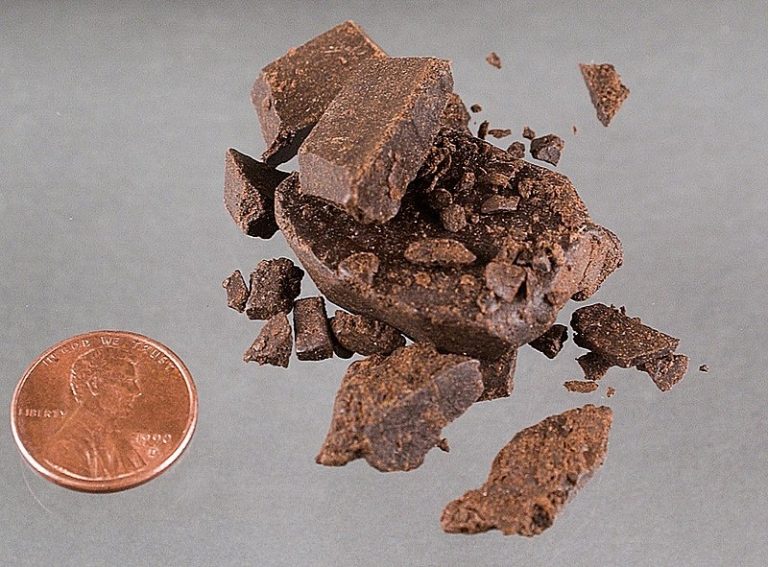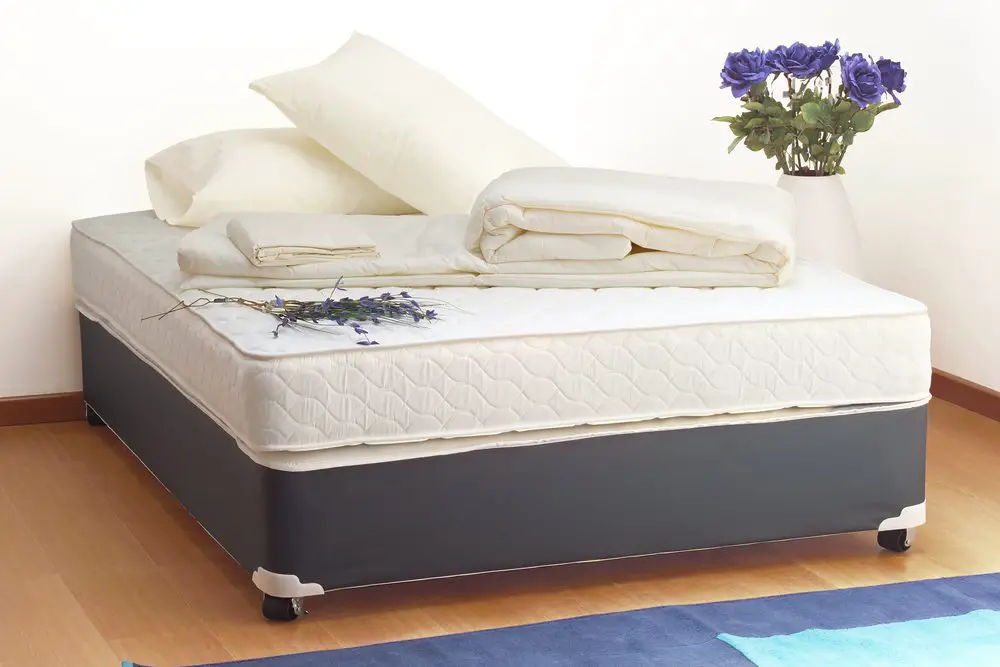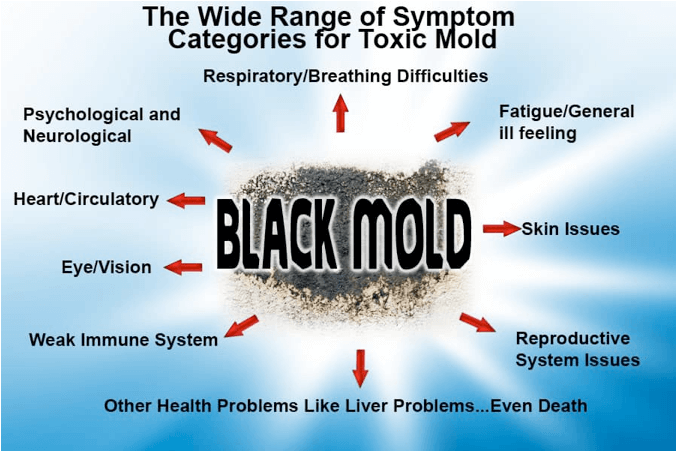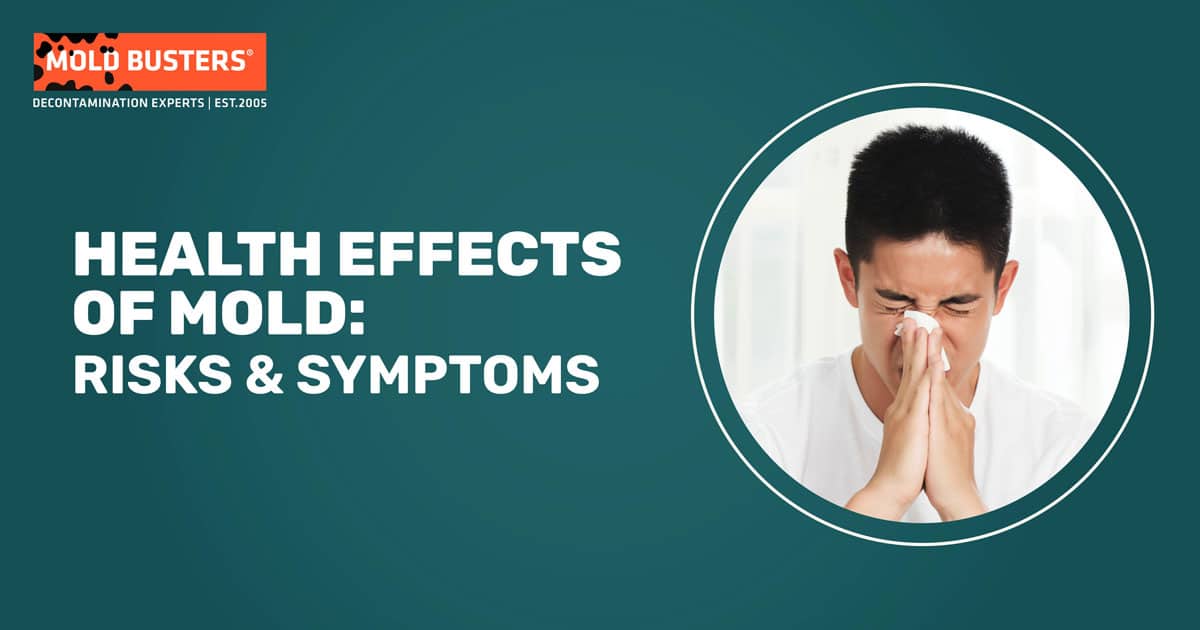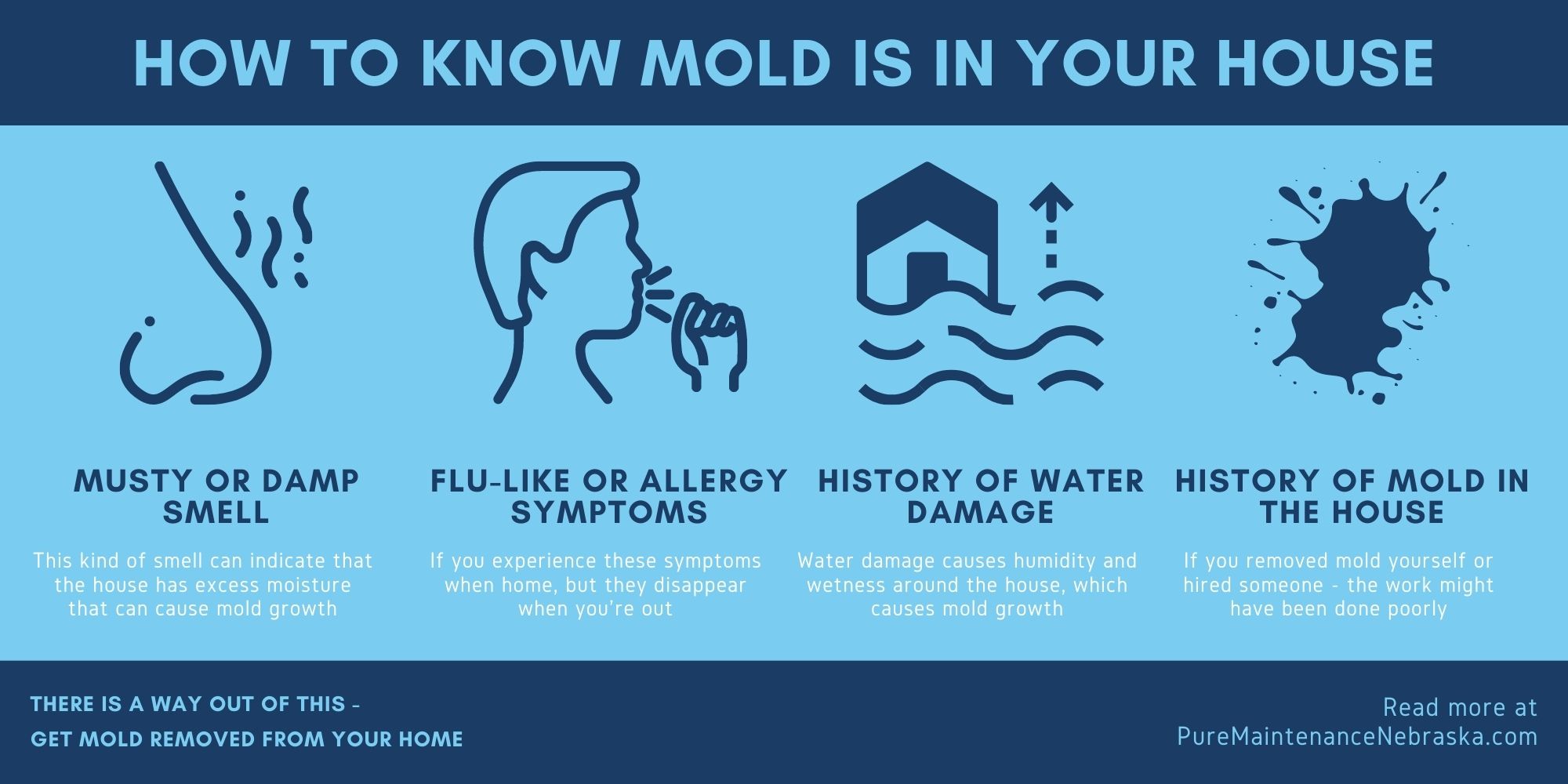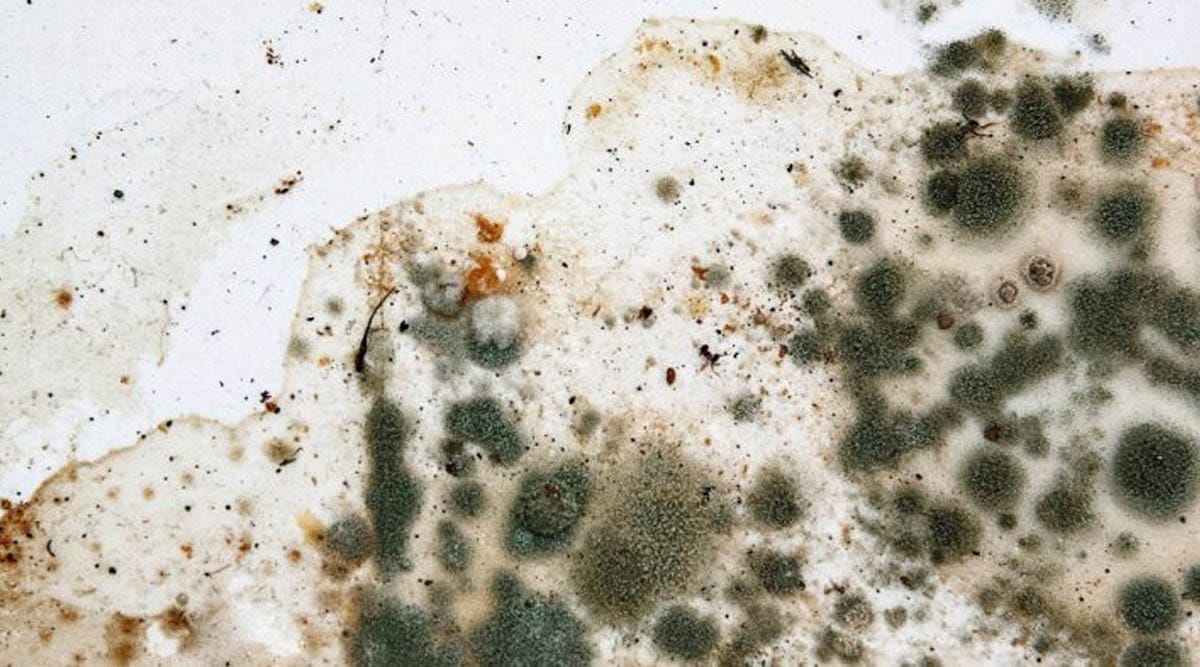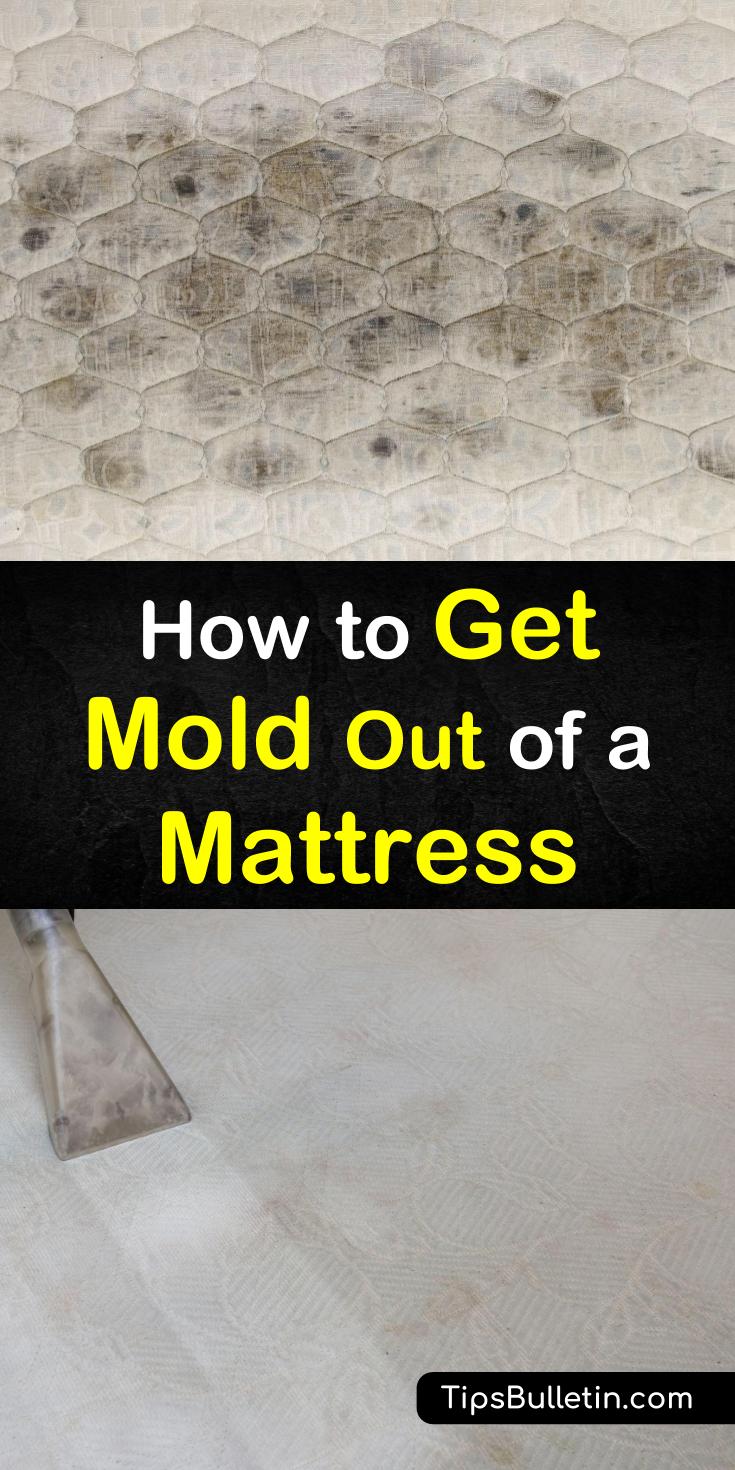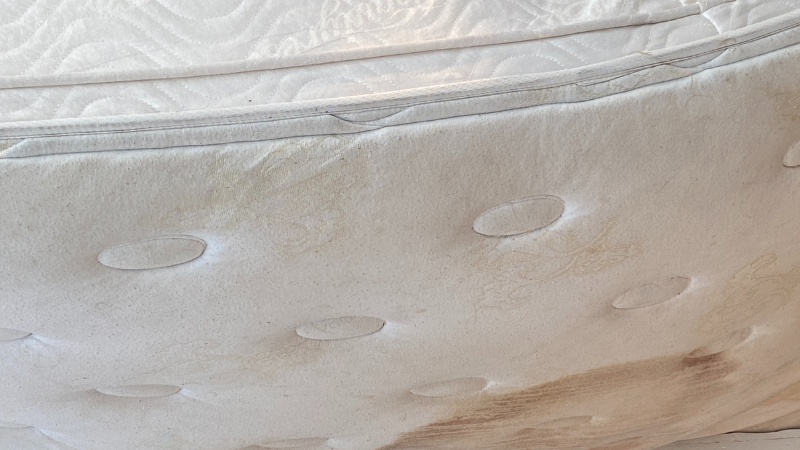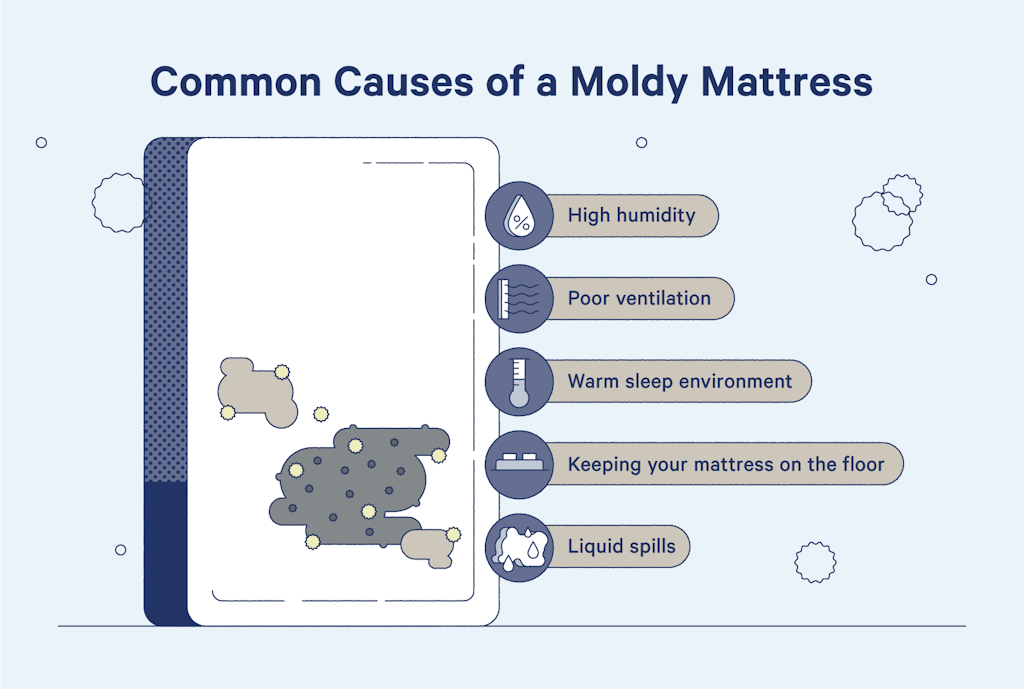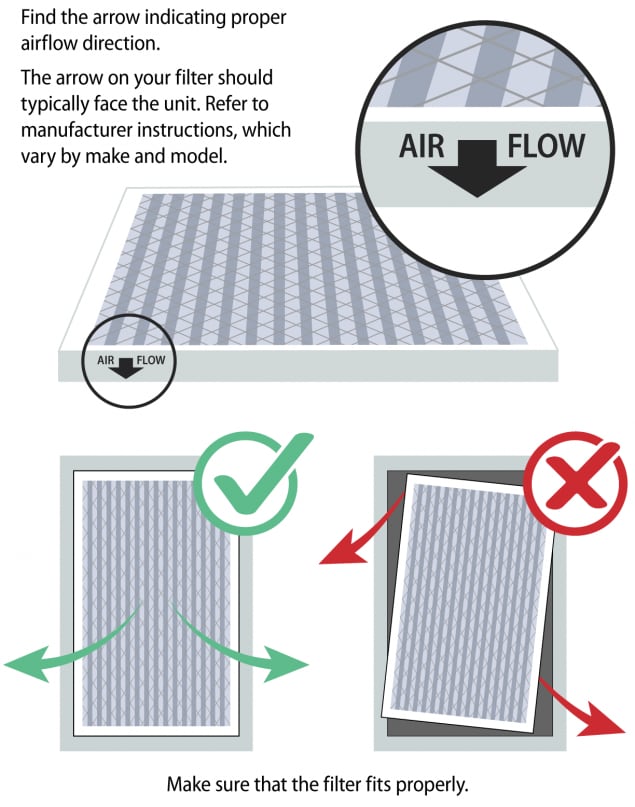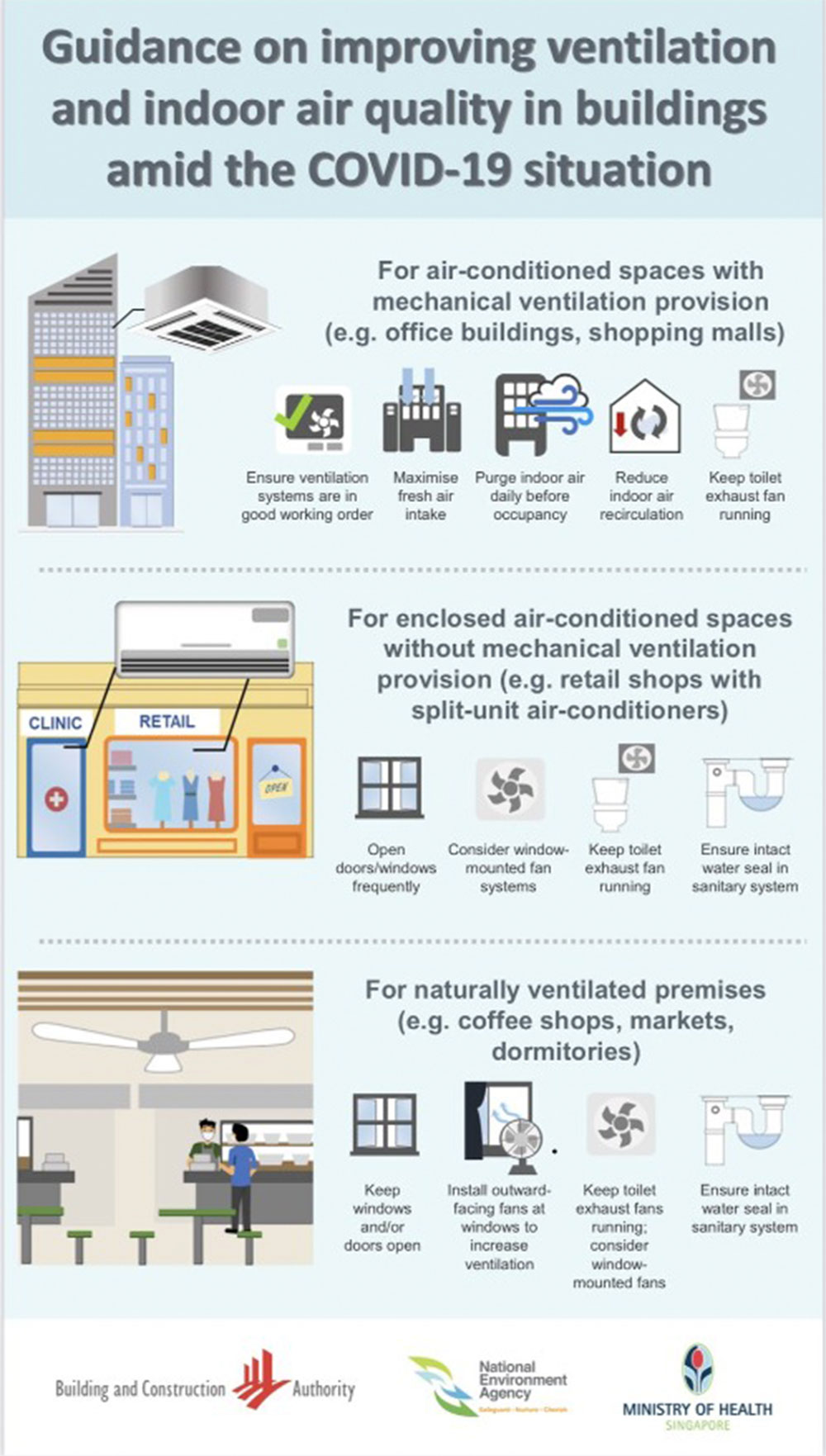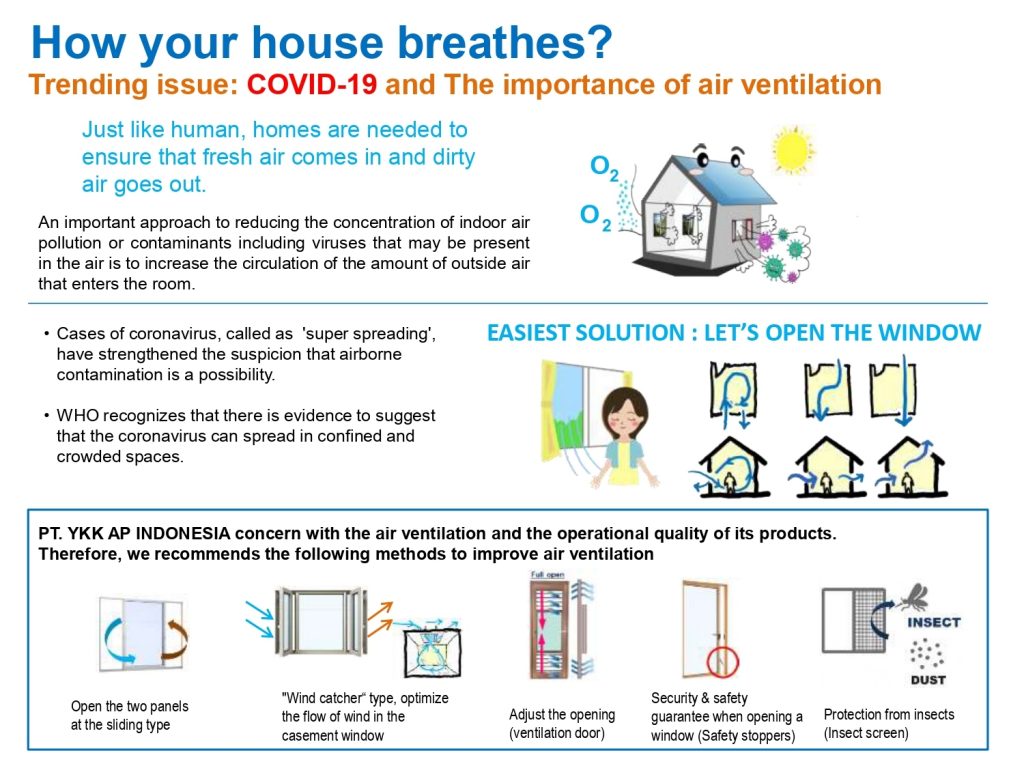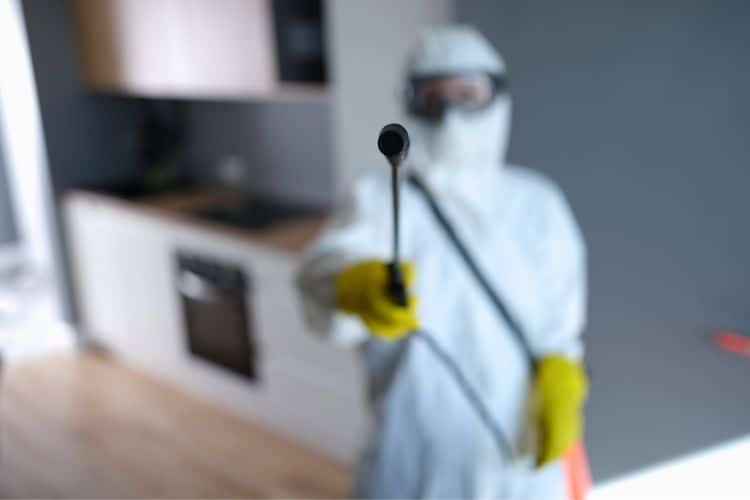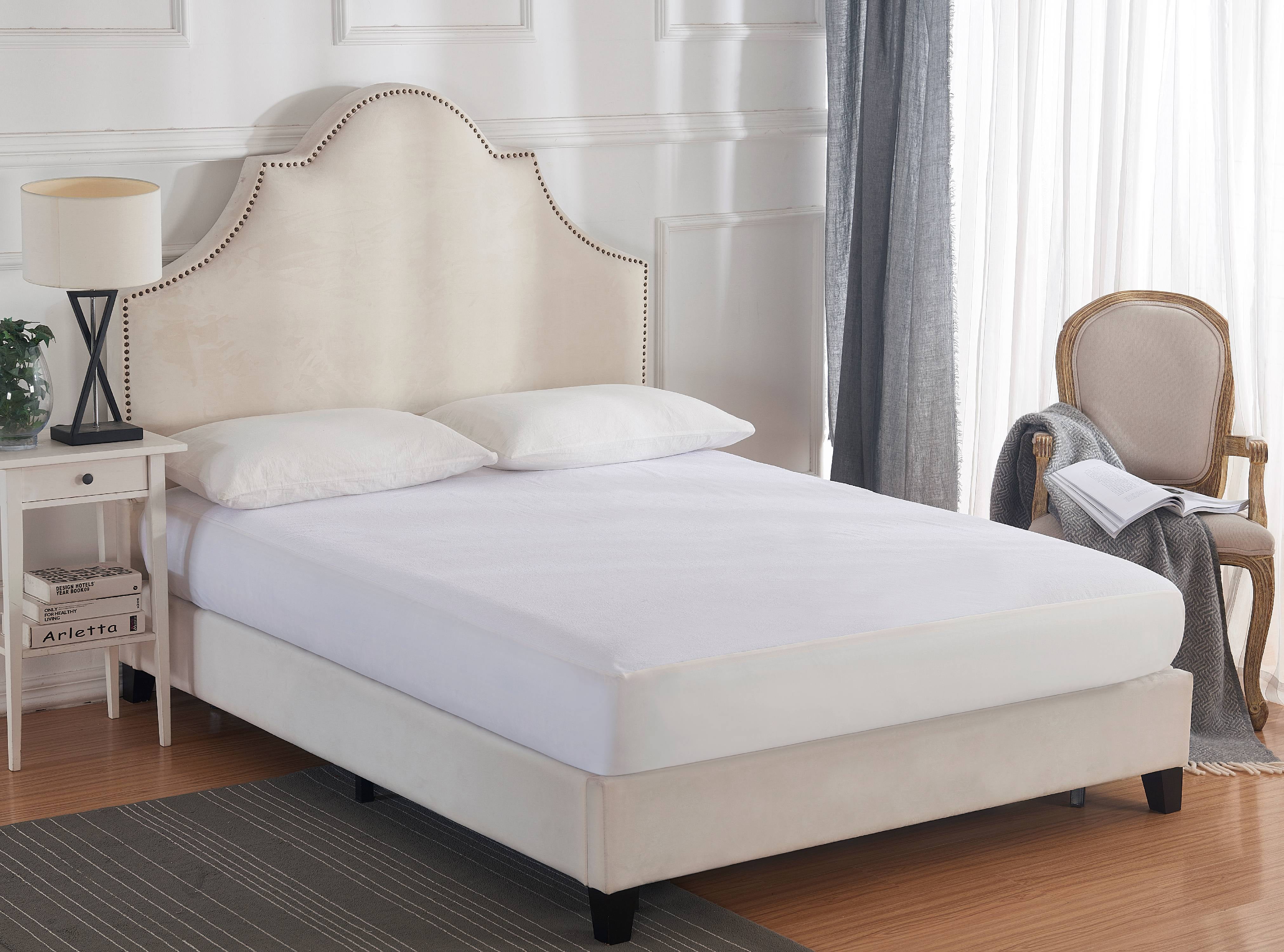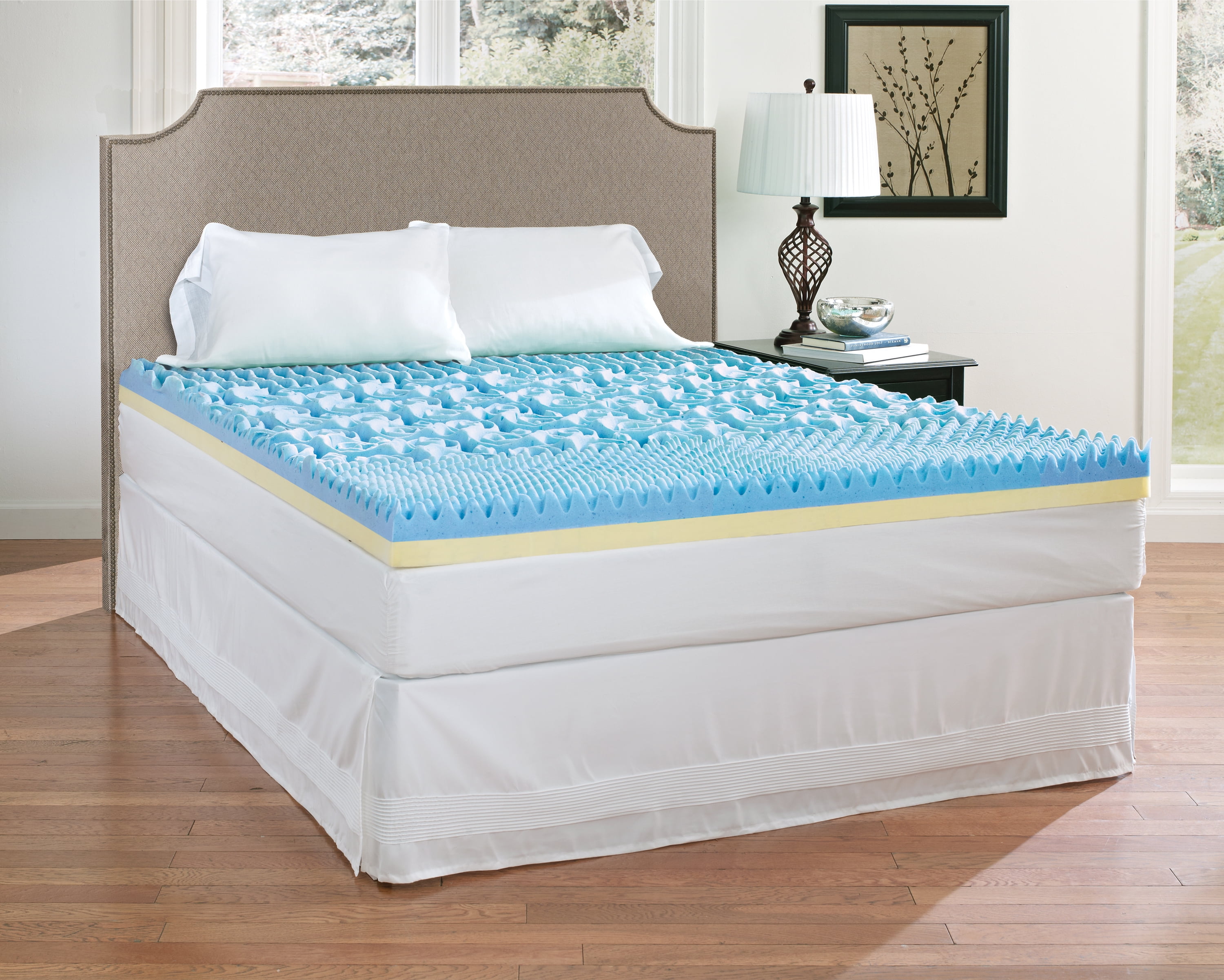Mold can be a major problem for any household, and if you have a foam mattress, it can be even more challenging to deal with. Foam mattresses are known for their comfort and support, but they can also be a breeding ground for mold if not properly maintained. In this article, we will discuss the causes of mold growth on foam mattresses and provide tips on how to prevent it. Mold Growth on Foam Mattresses: Causes and Prevention
Mold on a foam mattress can be a nightmare to deal with, but it is not impossible to get rid of. The first step is to identify the affected areas and remove any visible mold. You can use a mixture of vinegar and water to clean the mold, or you can also use a commercial mold cleaner. Once the mold is removed, make sure to dry the affected area completely. You can use a fan or a hairdryer on a low setting to speed up the drying process. How to Get Rid of Mold on a Foam Mattress
Memory foam mattresses are a popular choice for many people due to their comfort and support. However, they are not immune to mold growth. Memory foam mattresses are made of synthetic materials that can retain moisture, making them susceptible to mold growth. It is essential to regularly clean and maintain your memory foam mattress to prevent mold from growing. Can Mold Grow on Memory Foam Mattresses?
Mold not only looks unsightly on your foam mattress, but it can also pose serious health risks. Mold can cause respiratory problems, allergies, and even skin irritations. It can also damage the structure of your mattress, making it less supportive and comfortable. Therefore, it is crucial to take preventive measures to avoid mold growth on your foam mattress. The Dangers of Mold on Your Foam Mattress
The best way to prevent mold from growing on your foam mattress is to keep it clean and dry. Vacuum your mattress regularly to remove any dust and dirt that can contribute to mold growth. You can also use a mattress protector to keep your mattress dry and free from any spills or accidents. If you live in a humid climate, consider investing in a dehumidifier to control the moisture levels in your bedroom. How to Clean and Prevent Mold on Your Foam Mattress
Foam mattresses are made of materials that are prone to trapping moisture, which can lead to mold growth. Additionally, foam mattresses are often used in enclosed spaces like bedrooms, making it easier for mold to thrive. It is essential to understand this link and take appropriate measures to prevent mold growth on your foam mattress. Understanding the Link Between Mold and Foam Mattresses
Here are some tips to help you keep your foam mattress mold-free: Tips for Keeping Your Foam Mattress Mold-Free
As mentioned earlier, mold can cause a range of health problems, including respiratory issues and allergies. Additionally, mold can also damage the structure of your foam mattress, making it less comfortable and supportive. It is essential to take preventive measures to keep your foam mattress mold-free for the sake of your health and the longevity of your mattress. The Effects of Mold on Your Health and Your Foam Mattress
It is not always easy to detect mold on your foam mattress, especially if it is not visible on the surface. However, if you notice a musty smell or experience any health issues, it could be a sign of mold growth. In such cases, it is best to remove the cover of your mattress and inspect it thoroughly. If you find any mold, follow the steps mentioned earlier to remove it. How to Detect and Remove Mold from Your Foam Mattress
Proper ventilation is crucial for preventing mold growth on foam mattresses. As mentioned earlier, foam mattresses are prone to trapping moisture, making them an ideal breeding ground for mold. By keeping your bedroom well-ventilated, you can control the humidity levels and prevent moisture buildup on your mattress. It is also essential to let your mattress breathe by removing the covers and sheets regularly. In conclusion, mold can indeed grow on foam mattresses, but with proper maintenance and preventive measures, it can be avoided. Regularly cleaning and keeping your mattress dry and well-ventilated are the keys to preventing mold growth. If you do find mold on your foam mattress, act quickly to remove it and dry the affected area to avoid any health risks and damage to your mattress. Follow these tips, and you can enjoy a clean and mold-free foam mattress for years to come. The Importance of Proper Ventilation for Preventing Mold on Foam Mattresses
The Potential for Mold Growth on Foam Mattresses

The Dangers of Mold Growth on Foam Mattresses
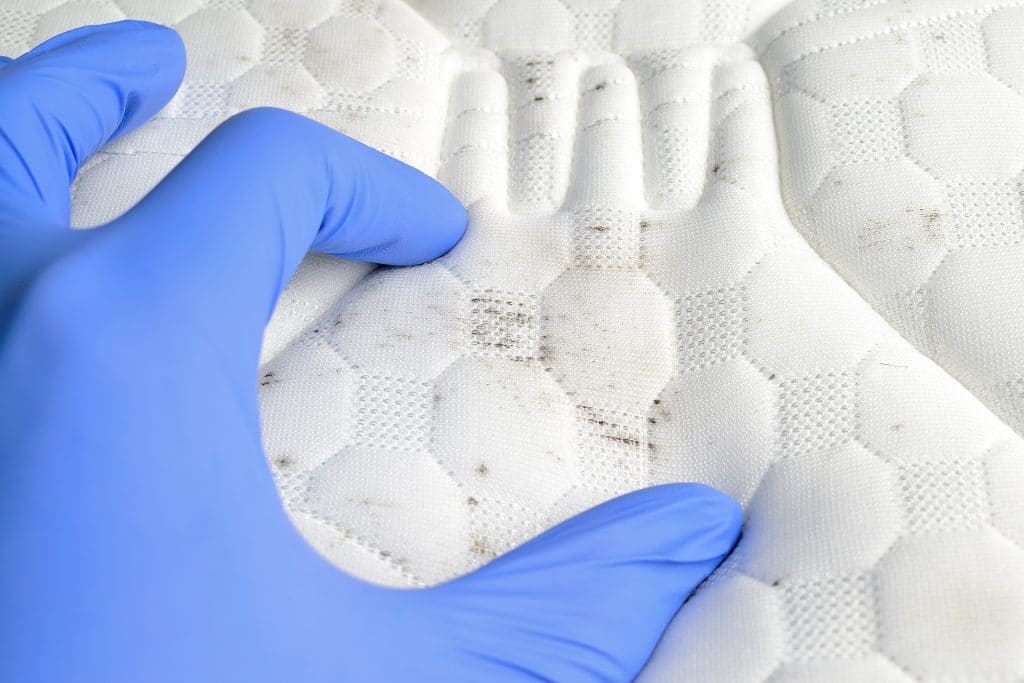 When it comes to choosing a mattress, many people opt for foam mattresses due to their comfort and support. However, one concern that often arises is whether mold can grow on these types of mattresses. The short answer is yes,
mold can grow on foam mattresses
. In fact, foam mattresses can be especially vulnerable to mold growth due to their composition and the moisture they can retain. This can pose potential health hazards and impact the lifespan of your mattress. In this article, we will explore the causes of mold growth on foam mattresses and how to prevent and address this issue.
When it comes to choosing a mattress, many people opt for foam mattresses due to their comfort and support. However, one concern that often arises is whether mold can grow on these types of mattresses. The short answer is yes,
mold can grow on foam mattresses
. In fact, foam mattresses can be especially vulnerable to mold growth due to their composition and the moisture they can retain. This can pose potential health hazards and impact the lifespan of your mattress. In this article, we will explore the causes of mold growth on foam mattresses and how to prevent and address this issue.
The Causes of Mold Growth on Foam Mattresses
 Mold thrives in moist, warm environments
, making foam mattresses an ideal breeding ground. Foam mattresses are made up of porous materials that can absorb moisture, such as sweat, spills, or even humidity in the air. When these moisture sources are not properly removed, they can create the perfect conditions for mold to grow. Additionally, if a foam mattress is placed on a surface that is not breathable, such as a solid platform or a non-breathable mattress protector, it can trap moisture and create an environment for mold to thrive in.
Mold thrives in moist, warm environments
, making foam mattresses an ideal breeding ground. Foam mattresses are made up of porous materials that can absorb moisture, such as sweat, spills, or even humidity in the air. When these moisture sources are not properly removed, they can create the perfect conditions for mold to grow. Additionally, if a foam mattress is placed on a surface that is not breathable, such as a solid platform or a non-breathable mattress protector, it can trap moisture and create an environment for mold to thrive in.
Prevention and Treatment of Mold Growth on Foam Mattresses
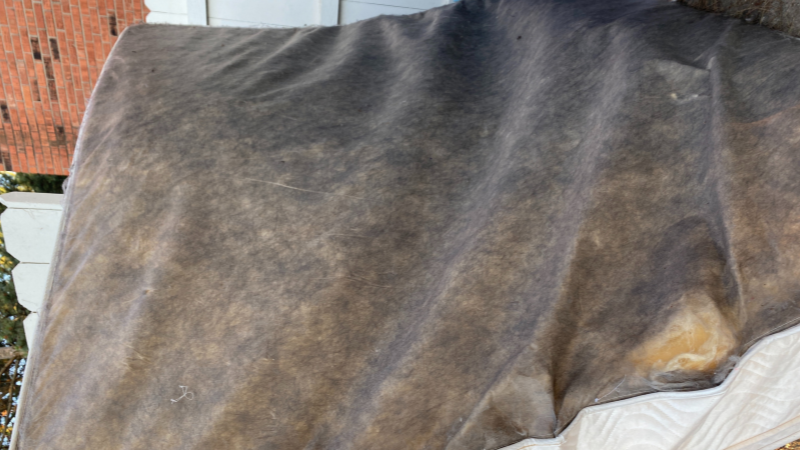 The best way to prevent mold growth on your foam mattress is to
keep it clean and dry
. Regularly vacuuming and rotating your mattress can help remove any debris or moisture that may be trapped in the foam. It is also important to use a breathable mattress protector and to avoid placing your mattress on a solid surface. If you do notice mold growth on your foam mattress, it is important to act quickly. Using a mixture of water and mild detergent, gently scrub the affected area and then dry it thoroughly. If the mold growth is severe, it may be necessary to seek professional cleaning services.
In conclusion, while foam mattresses can provide a comfortable and supportive sleep surface, they can also be susceptible to mold growth. By understanding the causes of mold growth and taking preventative measures, you can ensure that your foam mattress remains clean and mold-free. Remember to regularly clean and dry your mattress, use a breathable protector, and take immediate action if you notice any mold growth. With proper care, your foam mattress can provide many nights of restful sleep without the worry of mold.
The best way to prevent mold growth on your foam mattress is to
keep it clean and dry
. Regularly vacuuming and rotating your mattress can help remove any debris or moisture that may be trapped in the foam. It is also important to use a breathable mattress protector and to avoid placing your mattress on a solid surface. If you do notice mold growth on your foam mattress, it is important to act quickly. Using a mixture of water and mild detergent, gently scrub the affected area and then dry it thoroughly. If the mold growth is severe, it may be necessary to seek professional cleaning services.
In conclusion, while foam mattresses can provide a comfortable and supportive sleep surface, they can also be susceptible to mold growth. By understanding the causes of mold growth and taking preventative measures, you can ensure that your foam mattress remains clean and mold-free. Remember to regularly clean and dry your mattress, use a breathable protector, and take immediate action if you notice any mold growth. With proper care, your foam mattress can provide many nights of restful sleep without the worry of mold.



